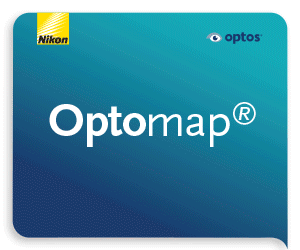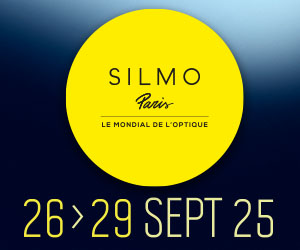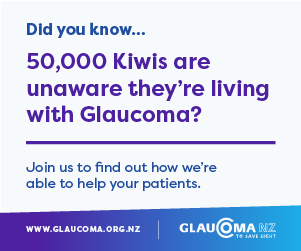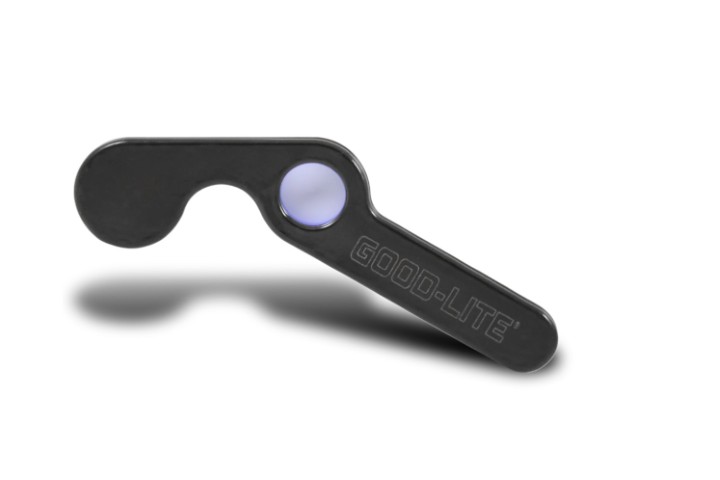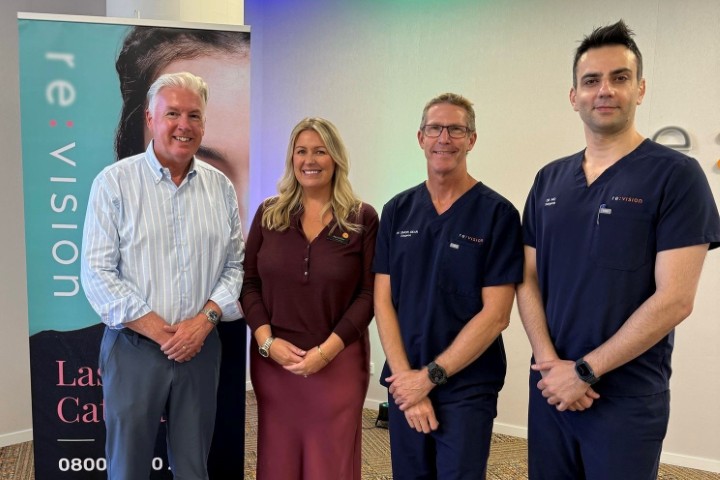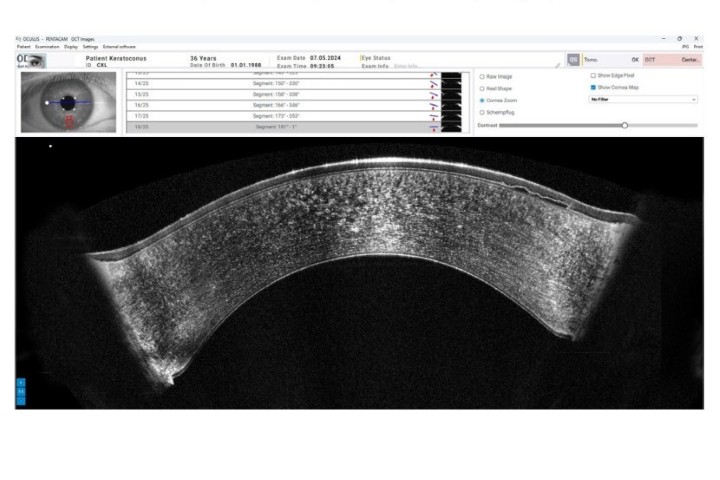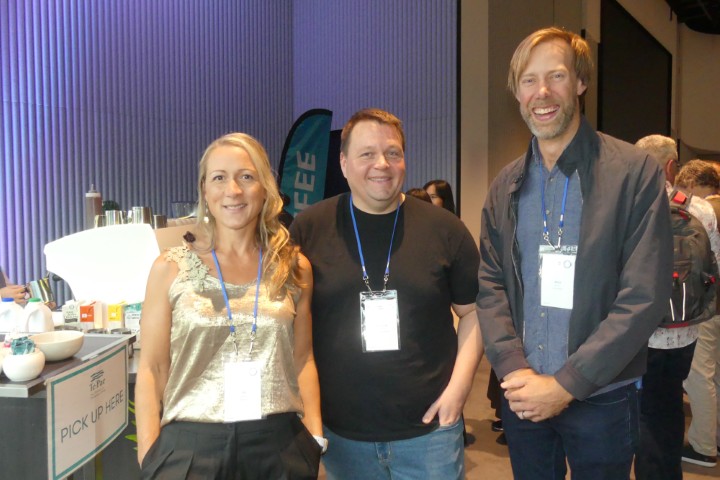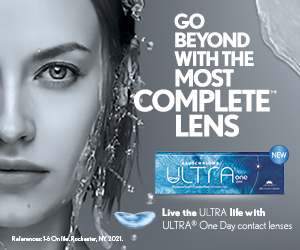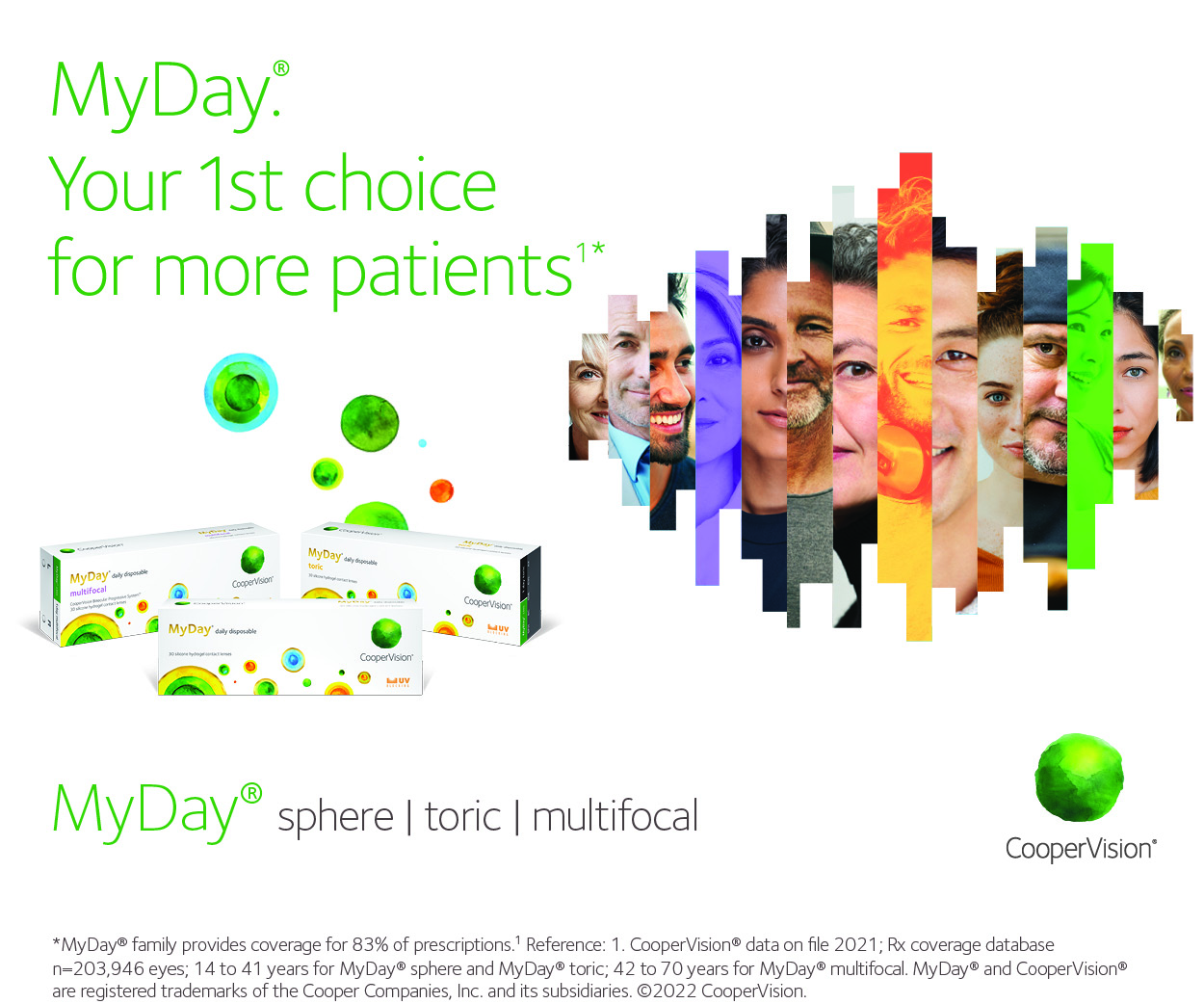Extra O2 improves CXL efficacy
A laboratory study measuring oxygen kinetics during corneal crosslinking (CXL) of porcine eyes showed that supplementary oxygen had the potential to substantially increase the procedure’s efficacy.
Dr Theo Seiler, Jr, senior physician in the Department of Ophthalmology at the University of Bern in Switzerland, measured local oxygen concentrations at varying corneal depths under atmospheric (21% O2) and hyperoxygenic (100% O2) conditions with different levels of ultraviolet (UV) irradiation. Oxygen availability is important in CXL because its mechanism involves UV-induced activation of riboflavin, resulting in the generation of reactive oxygen species that induce formation of covalent bonds within the collagen fibrils and crosslink the proteoglycans between the fibrils, explained Dr Seiler in an article in Ophthalmology Times Europe. The analysis showed that, compared with the atmospheric oxygen environment, supplementary oxygen increased the amount of oxygen available in the stroma during CXL. Dr Seiler noted that the benefit of the hyperoxygenic environment was particularly seen when using higher UV irradiances that are associated with increased oxygen consumption.
“Our findings show that providing supplementary oxygen is likely to be beneficial by eliminating the bottleneck of oxygen to increase the aerobic reaction and allow more efficient CXL in deeper corneal layers,” he said.






